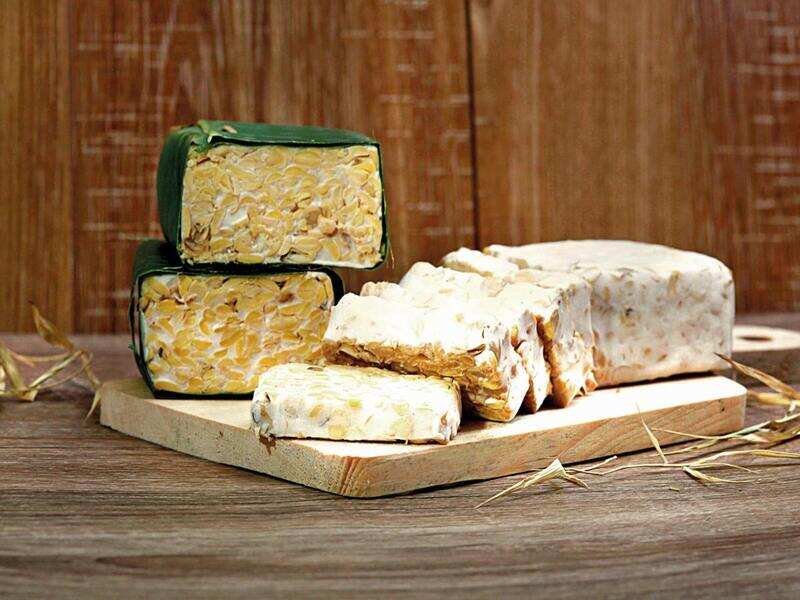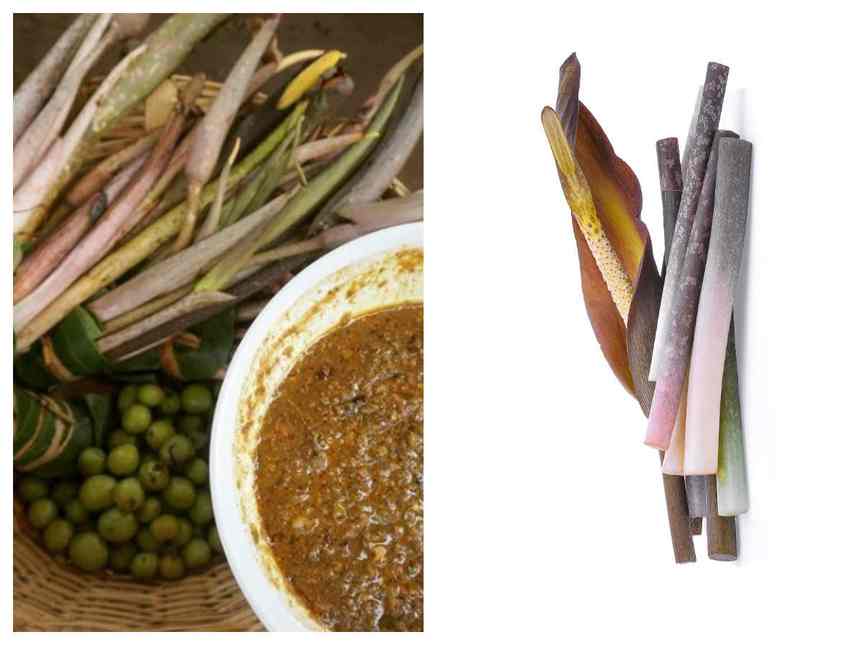 Tempeh, a food that has been around for centuries in South East Asia, is slowly finding its way into India. As food lovers and nutrition enthusiasts are inching towards clean eating and protein-dense meals, some might have found an answer in tempeh, which is a plant-based protein alternative to paneer and tofu. “I had tempeh many years ago, but it took some time to actually like the taste, as i was not into fermented food. But now that I know how beneficial fermented foods are, I have become more open to it,” says food consultant and nutrition enthusiast, Gauravi Vinay. Here’s all you need to know about tempeh.
Tempeh, a food that has been around for centuries in South East Asia, is slowly finding its way into India. As food lovers and nutrition enthusiasts are inching towards clean eating and protein-dense meals, some might have found an answer in tempeh, which is a plant-based protein alternative to paneer and tofu. “I had tempeh many years ago, but it took some time to actually like the taste, as i was not into fermented food. But now that I know how beneficial fermented foods are, I have become more open to it,” says food consultant and nutrition enthusiast, Gauravi Vinay. Here’s all you need to know about tempeh.
A protein-dense food
For those seeking plant-based proteins which are gut-friendly, nutrition experts suggest giving tempeh a try. Nutritionist Dr Nikita Suresh says, “Tempeh is a good source of plant-based protein. One hundred grams of it has about 19 grams of protein. Since tempeh is made from fermented soy beans, it becomes a good source of fibre that’s beneficial for gut health. This naturally gluten and dairy free food is a good source of protein for vegans and vegetarians.” Packed with nine amino acids, it certainly is an appealing composition from a protein standpoint, she stresses.
How to incorporate tempeh in your diet
Gauravi shares, “Widely used in South East Asian cuisines, it can be tasteful as well, because of its versatility. I remember giving it a twist when gongura was in season and made gongura tempeh. I once added mango puree to a sriracha tempeh to give it a twist, which tasted great. And since it is extremely versatile, it can be made into patties or cutlets and minced or added as cubes to your curries.” Food blogger Richa Gupta too, is trying to incorporate it in day-to-day dishes to amp up the family’s protein intake. “I love using it in pav bhajis. I also coat it with a thick batter and make pakodas. I have also used it as a filling in Vietnamese spring rolls. There’s so much one can do with it,” she says.
Dr Nikita suggests, “One can use the cubes and make a tempeh curry to have with chappatis or rice. It can also be pan-fried and eaten directly, along with some vegetables. It can be added to Buddha bowls, wraps and pastas too. You can make a scrambled tempeh and add it to toast.”
“Consumers in India are becoming increasingly aware about the protein requirement in their diet, as a result their appetite for discovery is also growing. Many are looking at gut-friendly, cleaner alternatives to protein to meet their daily requirement, which has got them looking at tempeh.”
– Siddharth Ramasubramanian, clean food entrepreneur
How to make Tempeh ghee roast
Ingredients:
Tempeh cubes 200 gms
Dry red chilli/Kashmiri chilli 7-8 numbers
Coriander seeds 1 Tbsp
Jeera 1 Tbsp
Black pepper 1 Tbsp
Fennel seeds 1 Tbsp
Methi seeds 1 Tbsp
Cloves 3-4 numbers
Garlic 5-6 cloves
Ginger 1 inch
Tamarind water 2 Tbsp
Water 2 Tbsp
Ghee 2 Tbsp
Onion chopped ¼ Cup
Curd whisked 2 Tbsp
Sugar/jaggery 1 Tsp
Curry leaves 8-10
Salt to taste
Preparation:
Season the cubes with some salt and pepper. Pan toss the seasoned cubes for 5-7 mins till golden brown and keep aside. Dry roast red chilli, coriander seeds, jeera, black pepper, fennel seeds and methi seeds until their aromas are released. Put them in a blending jar, add garlic, ginger and tamarind water and grind to a fine paste.
Adjust the consistency by adding a little water.
Heat some ghee in a pan, add chopped onions and cook them until they are golden translucent. Pour the prepared paste in the pan and cook on low flame for 1-2 minutes. Add curd and stir continuously. Increase the flame and cook until ghee is released. Add sugar/jaggery to balance the taste. Add salt to taste. Add tempeh cubes and curry leaves, and mix well. Cook for 5 minutes and serve hot
(Recipe courtesy – Chef Siddhartha Jadhav, Food Consultant)
Nutritional benefits (Per 100 gms of tempeh…)
Energy- 178 kcal
Protein- 19 g – 35% RDA
Total fat – 6.8g
Saturated Fats – 1.4 g
Cholesterol – 0 mg
Trans Fat – 0 mg
Carbohydrates – 10.1 g – 8% RDA
Dietary Fibre – 8.5 g – 27% RDA
Sugars – 0 g










